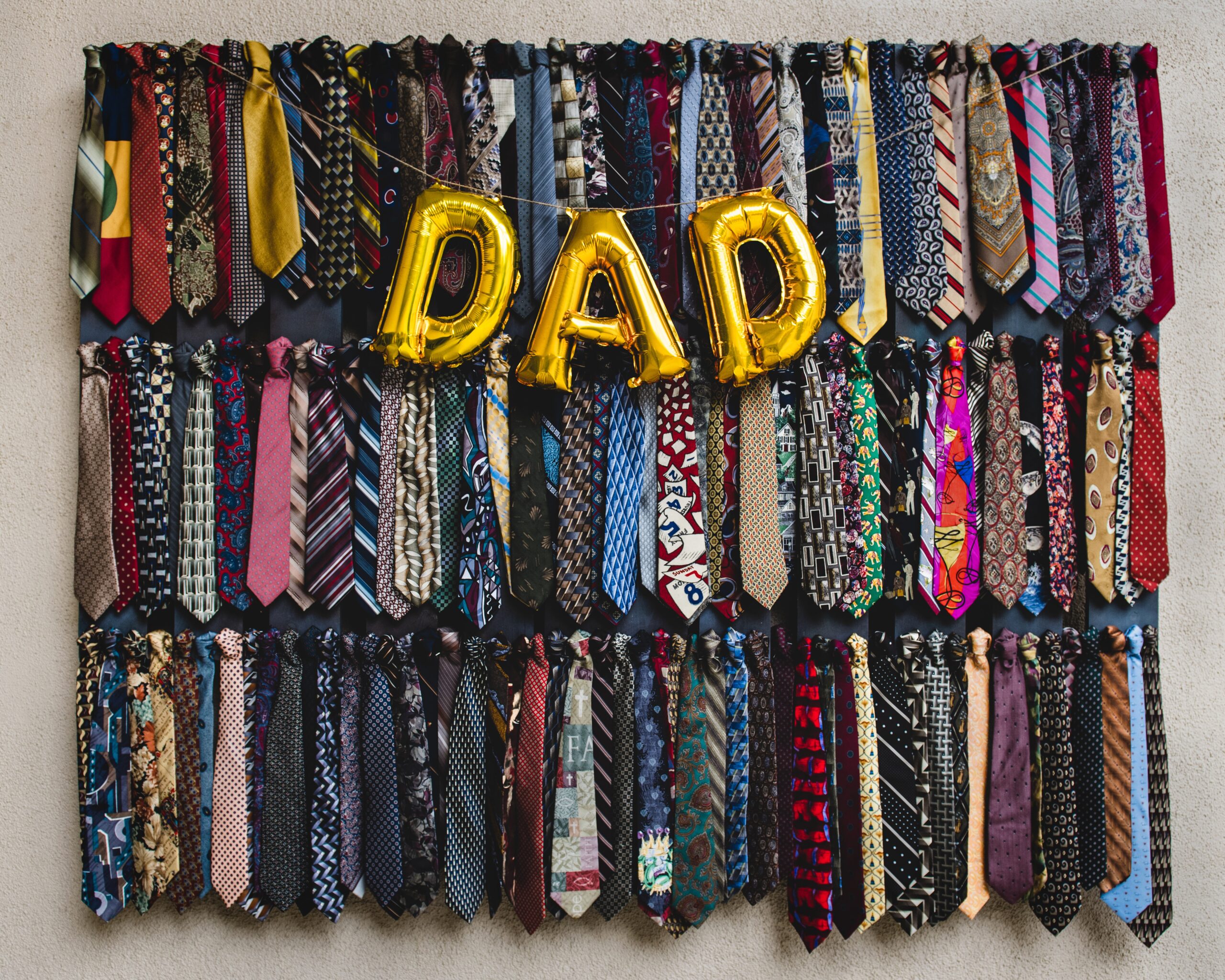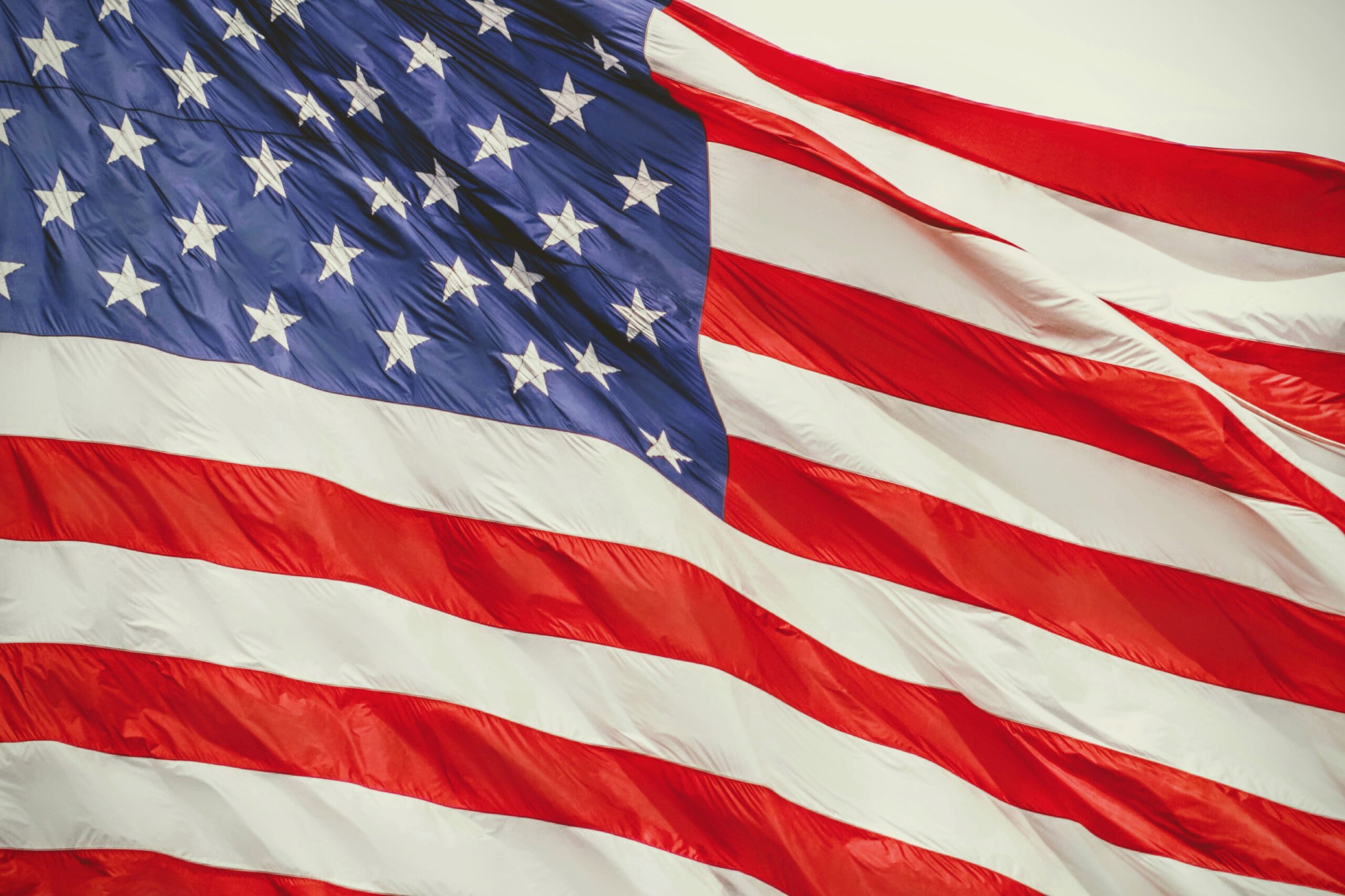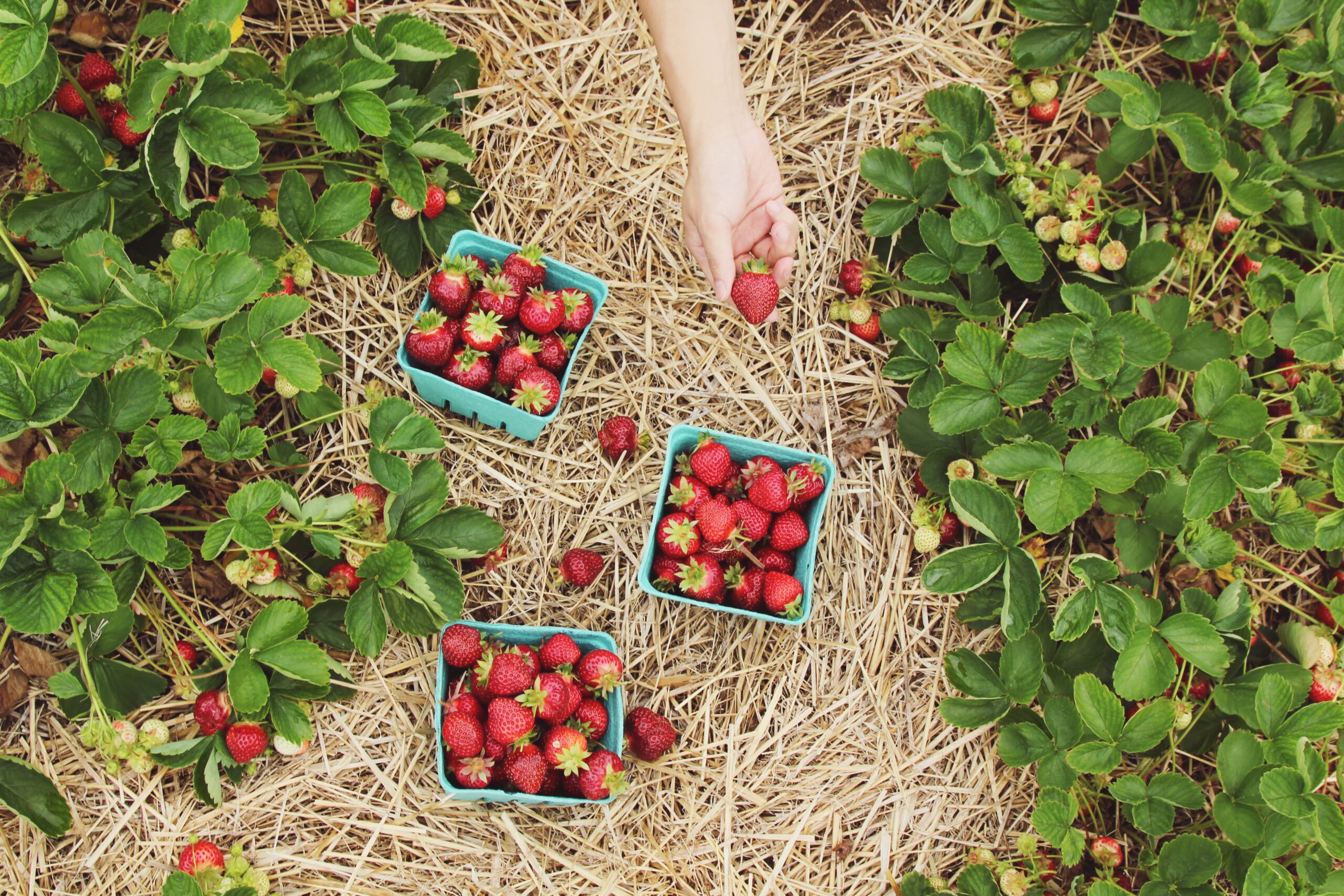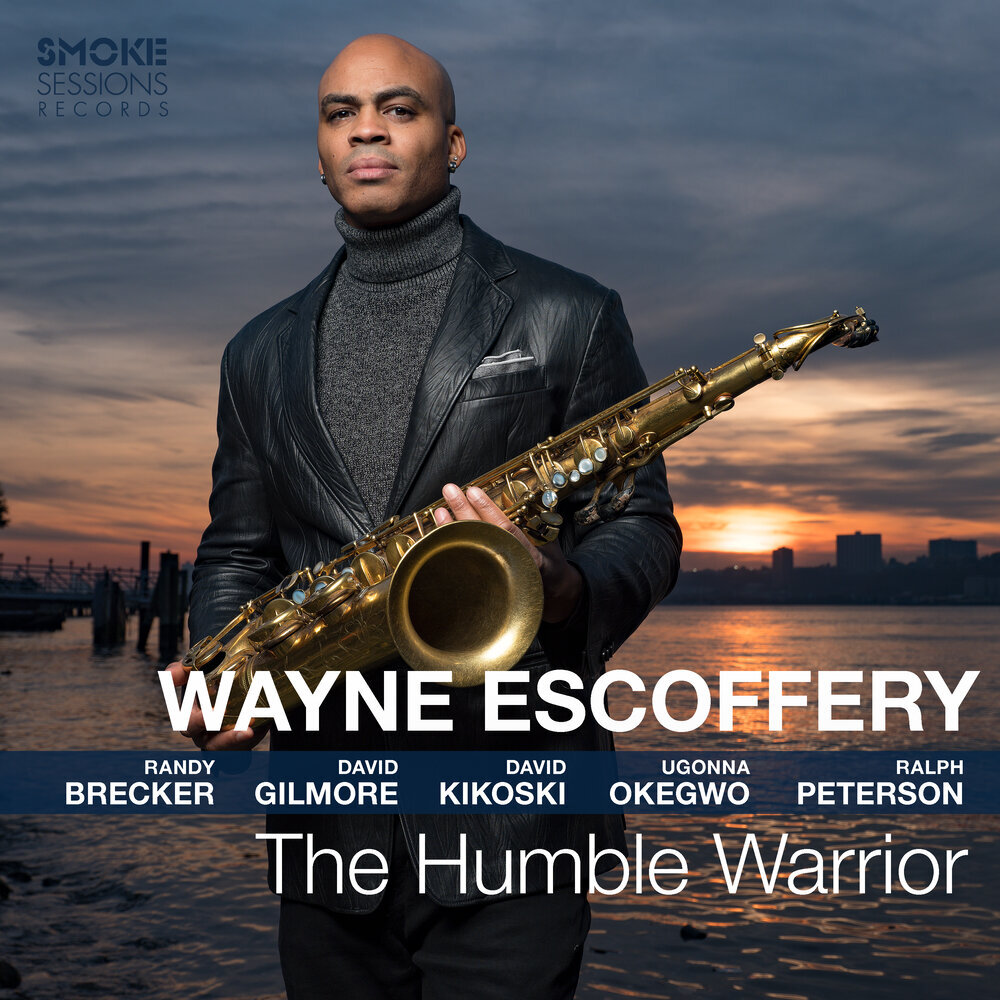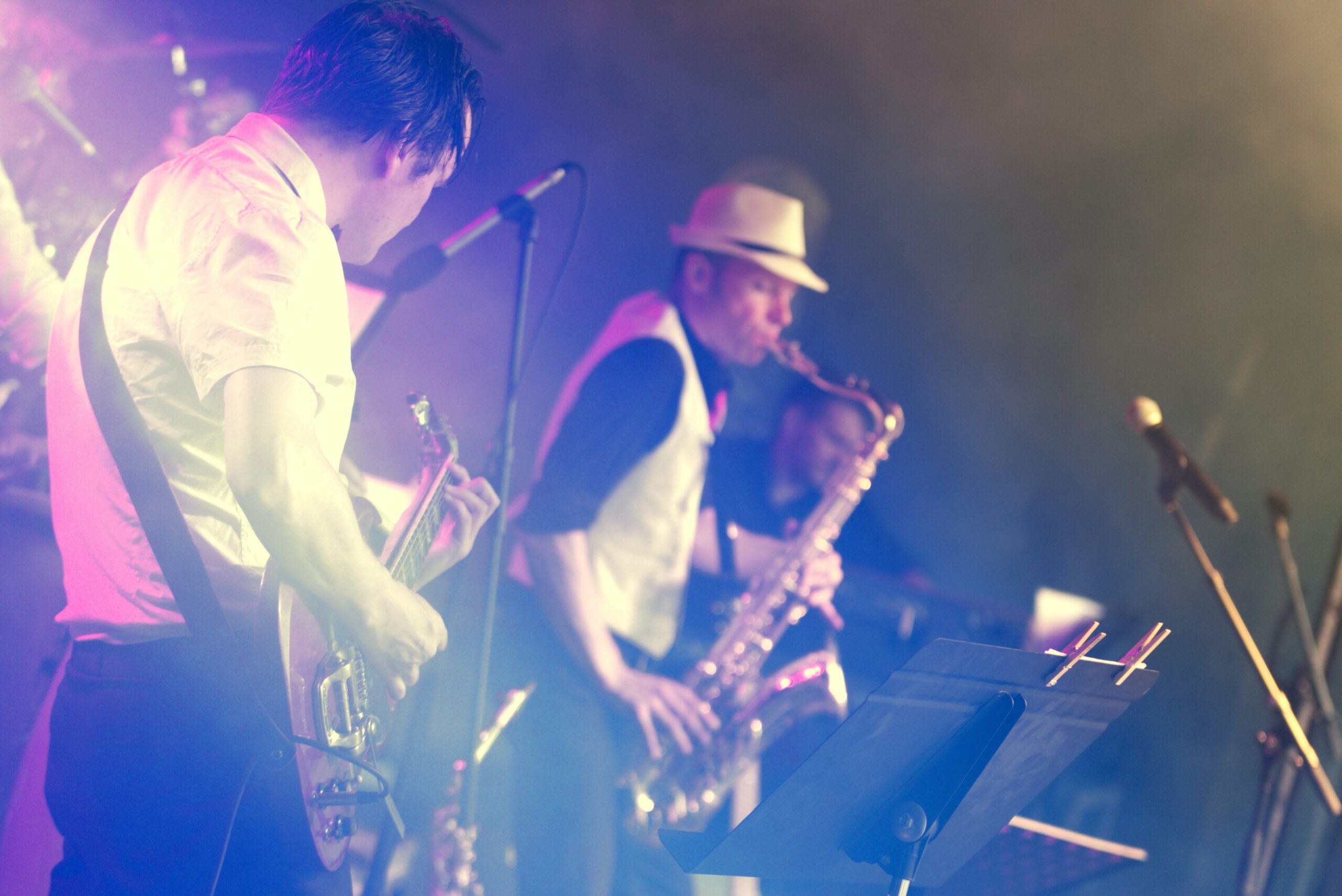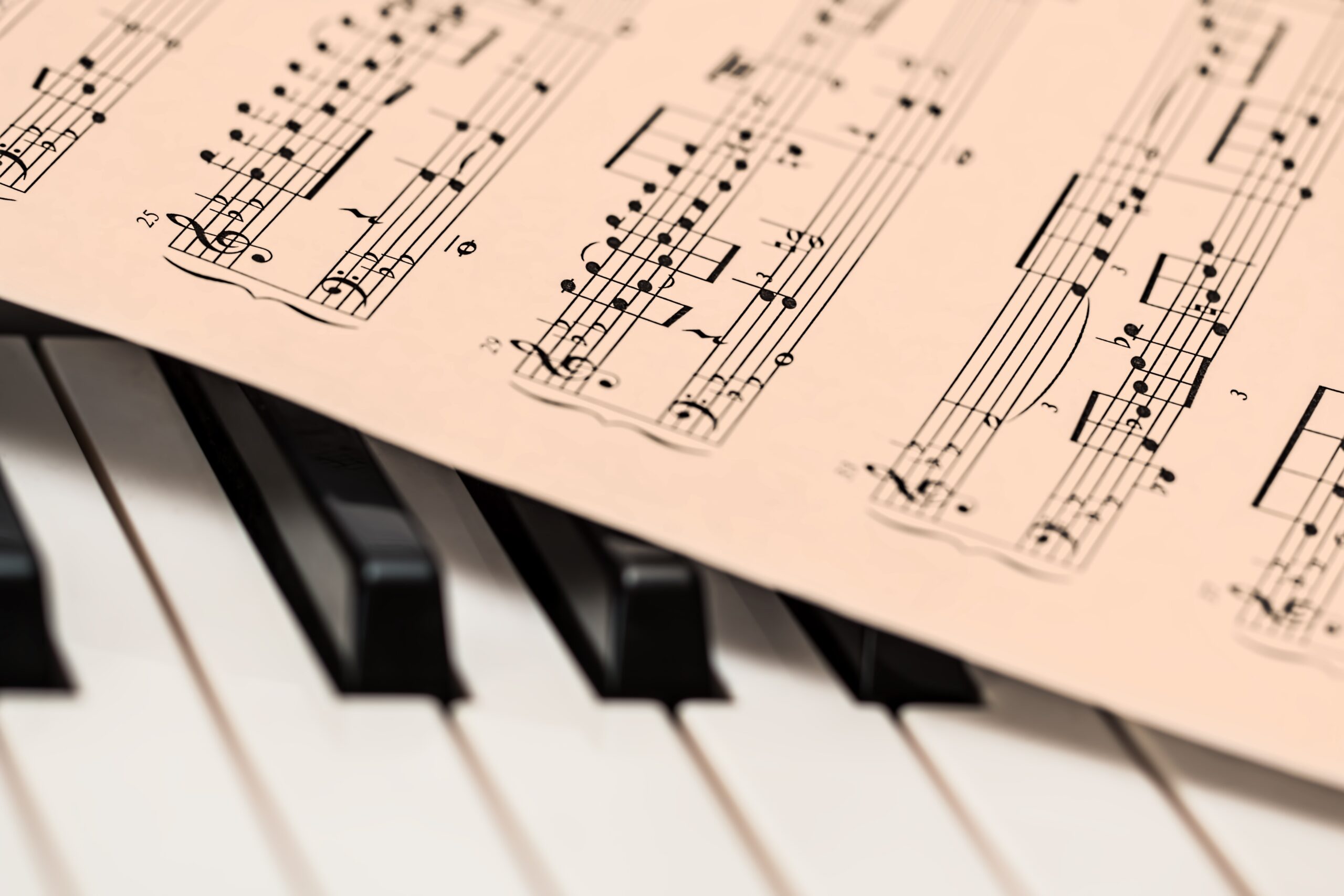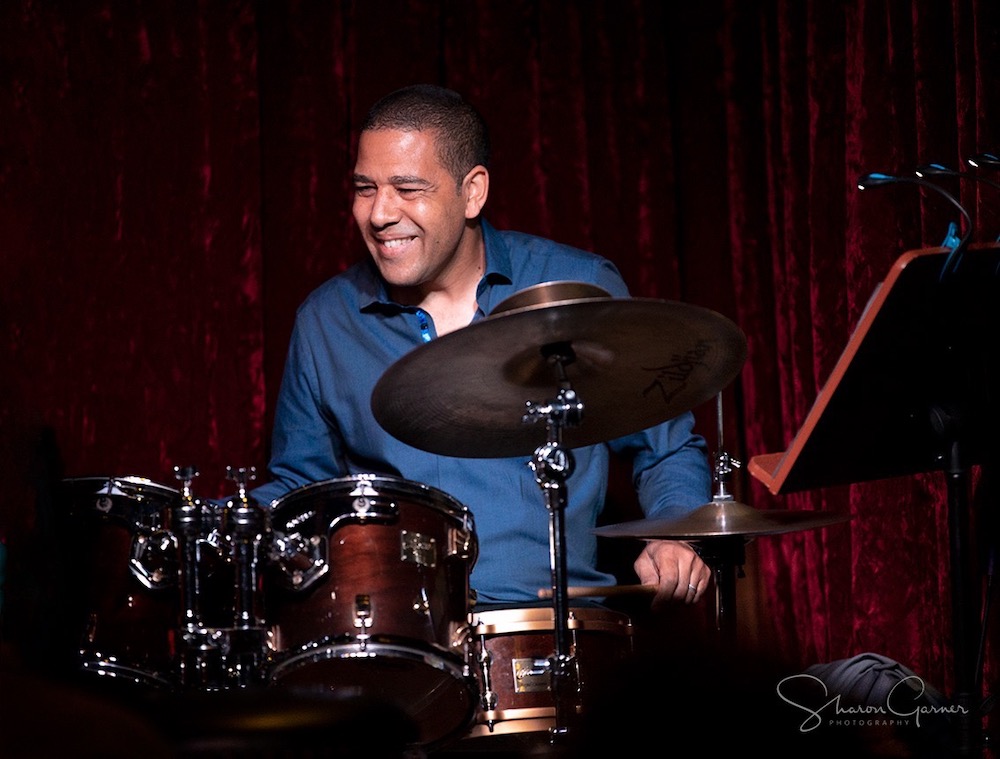Five Songs for the Zoo!
Five Songs for the Zoo!
From Apple Gifting Day to National Whipped Cream Day, it seems that just about every day there is some sort of obscure holiday, and—in case you missed it—July 1st was American Zoo Day! The celebration which marks the opening of the first zoo in the country, the Philadelphia Zoo, to the public in 1874.
What better way to celebrate this little-known holiday and piece of history than by going to the Zoo? You can take your kids, grandkids, nieces, and nephews, or just go with a friend or special someone. Since Night Is Alive is based in Akron, our favorite zoo is definitely the Akron Zoo, which has been recognized for its excellence in diversity and marketing!
No matter who you go with, the truth is that the zoo really never gets old. Regardless of your age, seeing zoo animals will always spark a sense of amazement in you. A lioness prowling around the enclosure, a baboon swinging from branch to branch, an elephant drinking water with its trunk. These are the wonders of the animal kingdom!
So, to get you in the mood for the Zoo, we compiled a few songs for you to listen to during your drive!
The Tokens – The Lion Sleeps Tonight
Did you know that this 1961 doo-wop song was actually an adaptation of a 1939 song written by a South African musician named Solomon Linda? The original, titled “Mbube,” was written in the language of isiZulu, which is spoken by the Zulu people in parts of South Africa.
Solomon Linda – Mbube
Mbube means lion but it also refers to an a cappella style of singing created by the Zulu people and made popular by a group called the Ladysmith Black Mambazo. Vocalists sing in rhythmic unison to produce intricate harmonies and textures—essentially using their voices to take the place of what an instrumental band may do. The part of the Tokens’s song that goes weeheeheehee dee heeheeheehee weeoh aweem away was inspired by mbube style a cappella.
Seven Wild Men & Harry Reser – I’m Just Wild About Animal Crackers
This fun novelty song from the roaring twenties is precisely the song to get you excited to go to the zoo or circus! The swinging style of this 1926 tune evokes carnivals, fairs, elephants being led through hoops and penguins balancing balls on their beaks. It’ll make you want to do a jig all the way to the zoo!
Elvis Presley – Hound Dog
With the new Baz Luhrmann movie about Elvis hitting theaters now, it’s a great time to listen to one of the most instantly recognizable pop songs in history. But did you know that Elvis’s 1956 hit is actually a rendition of Big Mama Thornton’s 1952 R&B song? Since his rendition was so popular, many people often mistake it for an Elvis original.
The WJ3 All-Stars – Can’t Buy Me Love
Even though this song technically doesn’t have anything to do with the zoo or animals, the fast-paced melody will make you smile and look froward to the wonderful day ahead of you. The soft touch of the piano, and the stellar sax solo, also make this brand new 2022 instrumental release one to remember and listen to again and again!
If you’re looking for some more snazzy jazz tunes that’ll evoke the memories and dreams of childhood, please check out our newest album, My Ship, which is available in our store and on all major music platforms today!
This post was written by Digital Marketing Manager, Jacqueline Knirnschild.



